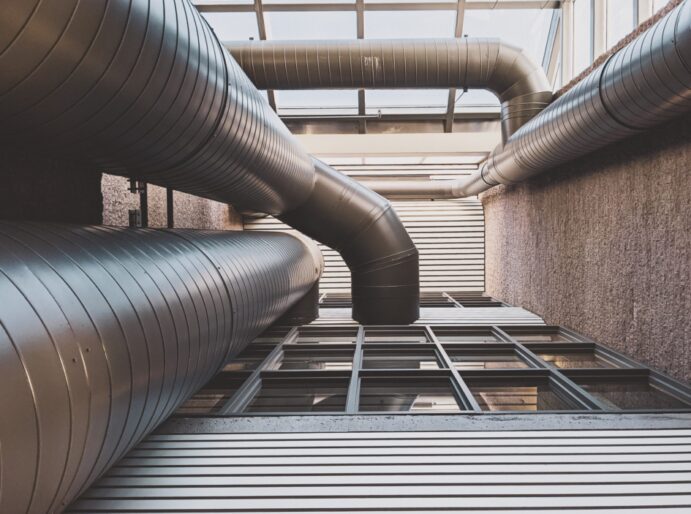What are this year’s top HVAC trends? It’s likely no surprise that 2023 will see a continued rise in the use of technology to help facility managers improve efficiency, performance, and asset management. As technology takes over so many facets of building management, heating and cooling is no exception, benefitting from technology tools to continue to evolve and improve.
This year’s HVAC trends use technology to make your job easier and boost the performance of your building.
Get smart
You’ve heard of smart warehouses and smart washrooms, but smart thermostats are the newest way for building operators to manage heating and cooling from wherever they are on their tablets or phones. Being able to better manage the heating and cooling in your building means that you can optimize the temperature according to the use and traffic of your space for better efficiency and to cut costs.
Go remote
Along with controlling your heating and cooling, you can also review and manage data and diagnostics remotely. This feature gives you a look at your real-time usage, monitoring humidity, air level qualities, temperature, and more. It also makes it easy for you to identify issues as they happen and look at long-term data to make informed financial decisions.
Stick with the standards
Studies show that HVAC systems use about 35 per cent of a building’s energy, on average. With climate change continuing to be a concern, experts predict that this year will bring a tightening of standards for the HVAC industry that will lead to even greater energy efficiency. That, combined with additional measures like increased insulation and alternate sources of energy could significantly reduce the impact that HVAC has on the environment.
Choose an alternative
The HVAC industry is embracing alternative energy sources, like wind and geothermal. Solar power is also gaining popularity, enabling some air conditioners to operate emission-free. The industry is also moving towards air conditioning using refrigerants with less negative impact on the environment. Along with these alternatives, the use of electrification in heating is becoming more popular, where the system runs completely without the use of fossil fuels, using things like heat pumps to get the job done.
As building management continues to evolve to improve performance and efficiency, these top trends can help you use technology to turn your HVAC into a more cost-effective endeavour, while lowering your carbon footprint.









